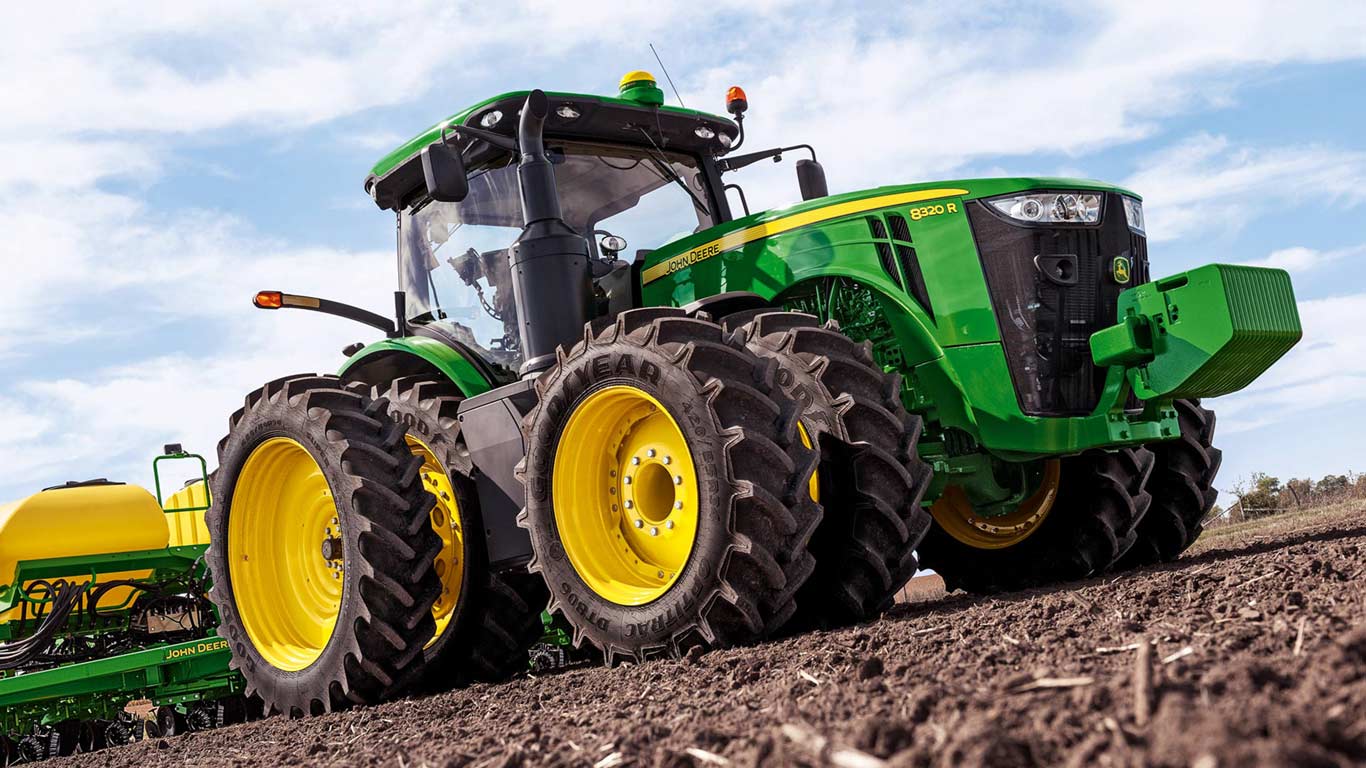“There are definitely two different markets for ag tractors and combines,” explains Curt Blades,...
2023 Annual Tractor and Combine Retail Sales Forecast

The models consist of historic data that track net farm income, net farm cash income, commodity prices, currency exchange rates, worldwide agricultural market data and other factors that influence the purchase of tractors and combines within the United States. These models undergo regular examination to make certain that they are tracking the changes that occur in the markets over time and often require some adjustments that range from minor tweaking to major overhauls, depending upon the changes observed.
Under 40 HP Tractors
For the past decade, these smallest tractors have historically measured more than 55% of the total tractors sold within the U.S., and we expect this class will represent 63% of the total number of tractors sold in 2023. The principal purchasers of these units are lifestyle farmers, who are not actually farmers and derive the majority, if not all, of their income from sources other than farm income. Certainly, there are other buyers of this class of tractors, such as landscape contractors, general contractors and governmental agencies and specialty farmers, but the Lifestyle Farmers purchase the majority.
The U.S. general economy has endured growing inflationary pressures in 2022 and those are expected to continue well into 2023. The shelter-in-place orders of 2020 and 2021 were lifted in 2022 as lifestyle farmers spent their available funds on vacation travels and other items that were limited for the past several years. As prices rise for this size tractor, consumers will be required to have more cash available. It is expected that purchases in this category will be reduced in 2023.
40 to 100 HP Tractors
This category represents a wide range of horsepower and applications for these tractors. Research has shown that the lower horsepower range (40 – 60 HP) has been purchased predominantly by lifestyle farmers and it is anticipated this to be the case in 2023. This lower range of tractors will represent a large percentage of the growth in total number of tractors sold within this category next year and is driven by the U.S. general economy.
Production farmers make up a large purchasing group in this category and their purchases are affected by the net farm income produced in 2022. The increasing costs of inputs required for crops in 2023, along with the steadily increasing price of the tractors and equipment and the increasing interest costs, will hold down purchases by this group of small farmers in 2023.
100+ HP 2 WD
The producers who purchase this category of tractors are typically the larger farmers in terms of acres and total income. They also are ones who are more likely to take advantage of available crop insurance programs and hedging activities. These producers will have the available financial resources to purchase new tractors, but their purchases will be tempered by the future cost related to producing their crops, interest rates for financing their equipment purchases and the increasing cost of new tractors in 2023.
There are an increasing number of farmers who acquire equipment through lease contracts and that will continue to provide for replacement units within this segment of tractors as those agreements mature.
4-Wheel-Drive Tractors
These large tractors showed a measure of strength in 2022 and it is anticipated this growth will continue into 2023. The purchasers of these units are the largest farmers and are ones who generate a net income that surpassed their living expenses and general production expenses and do have available capital to invest in new equipment. These farmers have also shown a propensity of moving to lease agreements in acquiring these tractors in the past and that will most likely grow in 2023. This will contribute to a steady replacement market within this category in 2023 and in the future.
Combines
Combines sales are totally dependent upon a strong commodity market and the resulting growth in net farm income. Many retail sales in recent years have been lease contracts and that has helped to maintain the level of sales on a rather consistent basis but has shortened the traditional length of ownership for these units which suggest increased sales in 2023.
The current problems associated with shipment of grains from farm to port for export sales and the steadily increasing cost of diesel fuel has created concern among these buyers. Combine sales in 2022 have been steady and it is anticipated that will be the case in 2023.
EDITOR’S TAKE:
Keep in mind that these are merely “forecasts” or predictions based on the author’s database and statistical models. Mr. Glass has spent over four decades in the equipment industry and is well-respected for his knowledge. His summaries are very similar in commentary to what we have reported after receiving the AEM data each month. Once again, it boils down to farmers do have money, especially the larger ones, and they are looking to purchase equipment and other tax-lowering items, like trucks. While having dinner recently with a large equipment dealer from the Midwest, his comment was lack of availability is still an issue for many dealers and subsequently farmers seeking equipment. However, he did mention that inventory is slowly returning and they expect 2023 to be an outstanding year. Parts and service have been the foundation for their success in 2022 and that is also expected to continue in 2023.
Predictions like these only confirm what we have been saying all along – farmers/ranchers are excellent customer prospects. As a CAD member, you have tools available in the form of AgPack® and AgTruckTrader.com that help you directly target to this prime audience. Please make sure you are using these resources to your full advantage so you can capture your share of this potential market!







